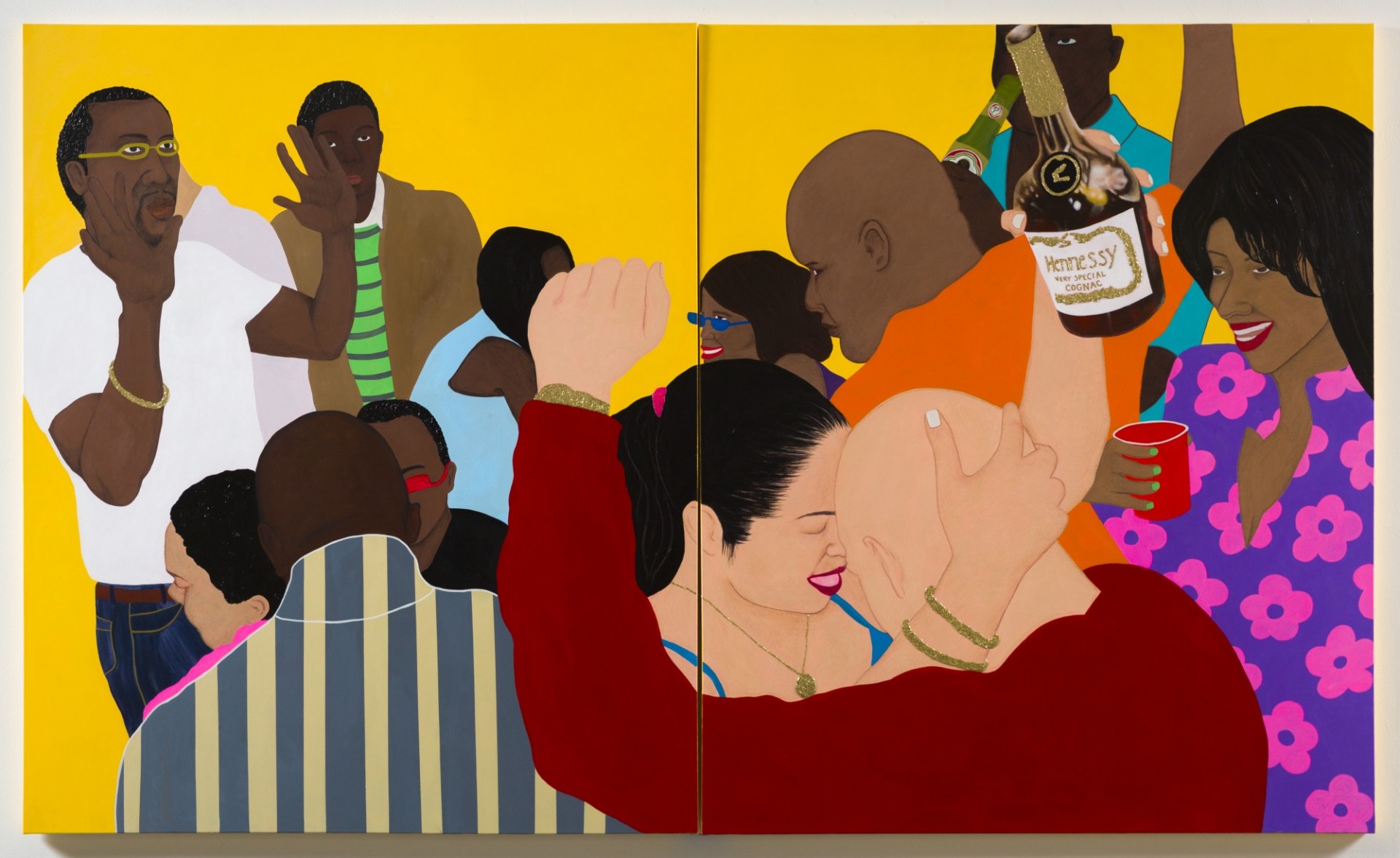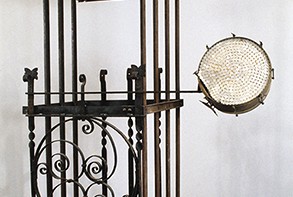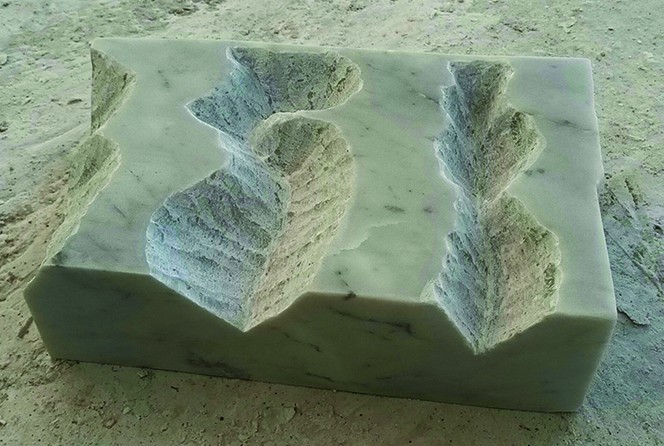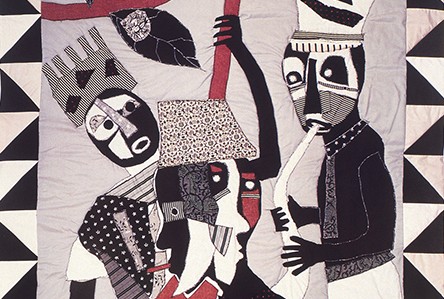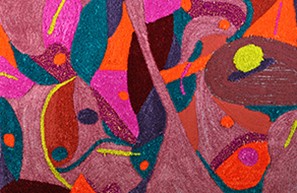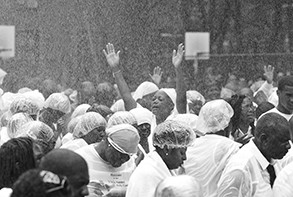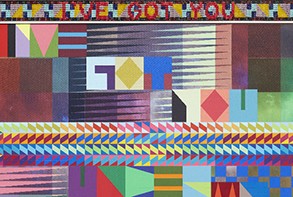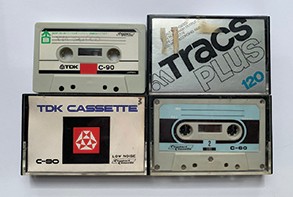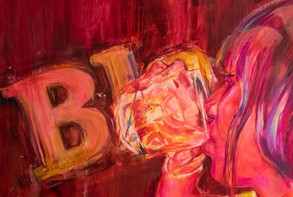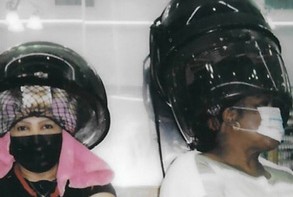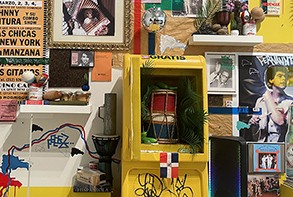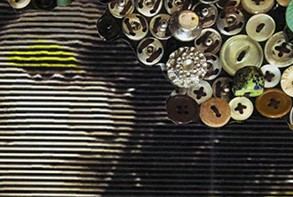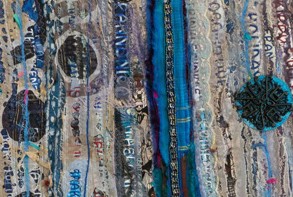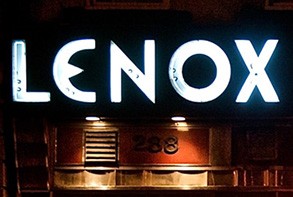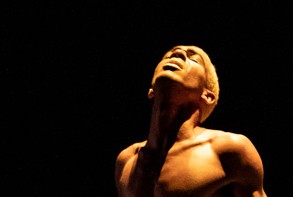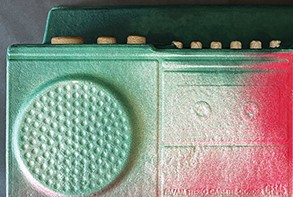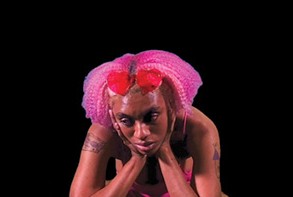TIFFANY ALFONSECA
(b. 1994, the Bronx; living and working in Washington Heights)
Mixed-media artist Tiffany Alfonseca creates vibrant, colorful artworks that celebrate Black and Afro-Latinx diasporic culture. Alfonseca taps into her Afro-Dominican roots and upbringing in the Bronx to visually articulate the complexities and nuances of the cultures within the Black and Afro-Latinx diaspora. Her work discusses issues of womanhood, colorism, class, family, ritual, and memory while considering the joy and humanity within the Black and Afro-Latinx experience.
Recent exhibitions featuring Alfonseca’s work include ExpoChicago (De Buck Gallery, Chicago, 2023), Contemporary Domesticity (Taylor Grahne Projects, London, 2021), and De Lo Mío (Jenkins Johnson Gallery, Brooklyn, 2021). She received a BFA with Honors from the School of Visual Arts and served as an artist-in-residence at the Mistake Room (Los Angeles, 2021).
WORK IN THE EXHIBITION
Dominican-American artist Tiffany Alfonseca conveys the complexity of identities and experiences within the Black and Afro-Latine diaspora. She constructs narratives based both on her experience growing up in the Bronx and her immersive approach to exploring nuanced communities. While her works can reference different axes of hardship, from colorism to classism, she also seeks to depict her subjects in a reassuring, declarative way, centering their humanity and creating a safe space teeming with beauty and joy. In Coro en 3039 Wallace (De Lo Mío), Alfonseca invites the viewers into such a space, depicting a house party within her uptown apartment. The principal subjects of the painting connect through music, dancing, drinking, and close contact, reflecting comfort and platonic intimacy. The choir Alfonseca alludes to in the title’s piece speaks to both the music likely playing within the party’s context, as well as the combination of voices, languages, and experiences the invitees contribute while creating this joyous, dynamic space.


